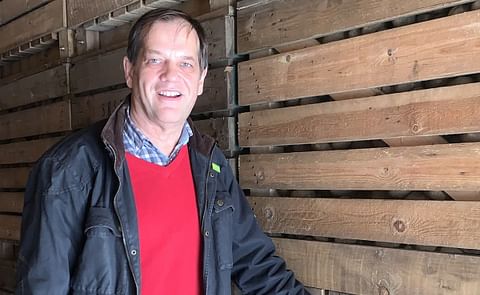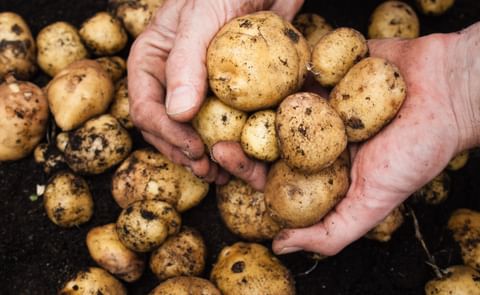So your Potato Cyst Nematode (PCN) tests have come back negative. Good news…or is it?
That largely depends on how the land was sampled and how the samples were analysed...
How reliable are Potato Cyst Nematode (PCN) tests?
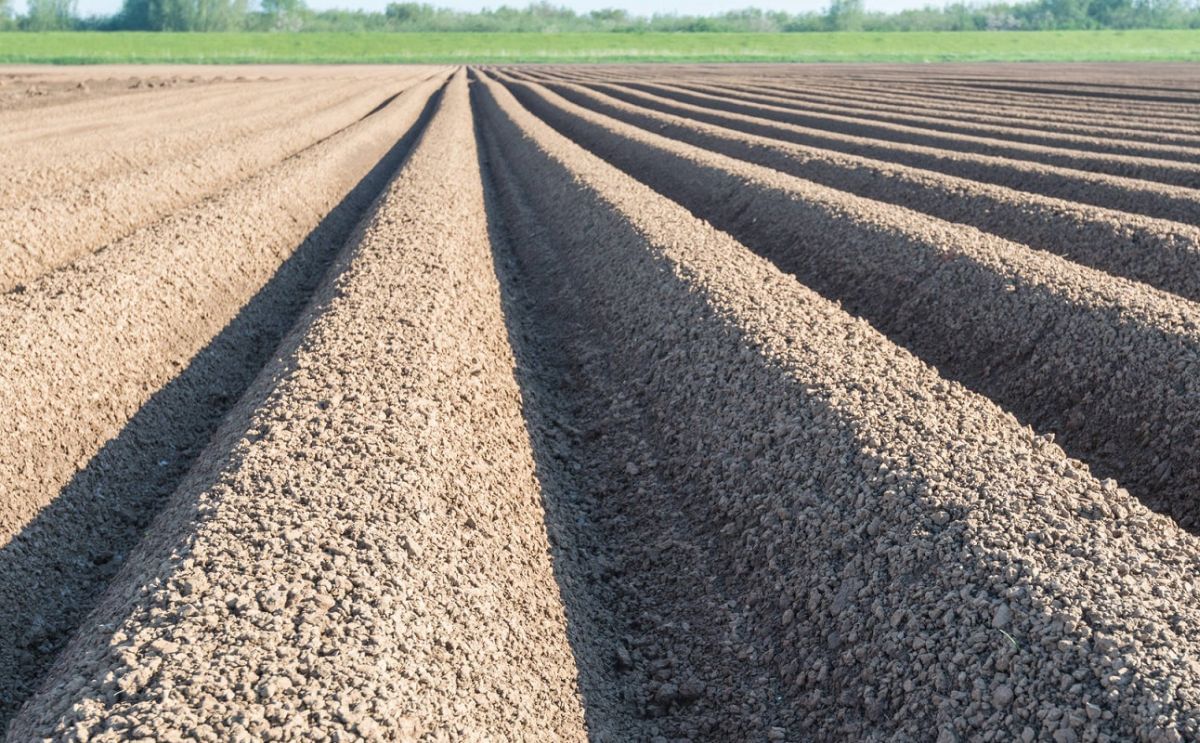
Although PCN testing of soil for seed potato cultivation is typically strictly regulated, different procedures are in use for the testing of soil for ware potatoes - and which one is used has huge consequences for the reliability.
In an item published by Bayer CropScience UK largely based on materials from Scottish Agronomy Ltd and Science and Advice for Scottish Agriculture (SASA) the importance of selecting the right soil sampling method is pointed out in order to avoid misleading results, false negatives in particular.
The world of seed potato growing is relatively black and white with a statutory process that provides a prescriptive method for PCN sampling and the EU PCN Directive, which must be followed. But for ware growers there is no such statutory industry standard. As a result sampling and testing practices have developed more in the interests of economy and speed than accuracy. There is huge variation in the reliability of results.
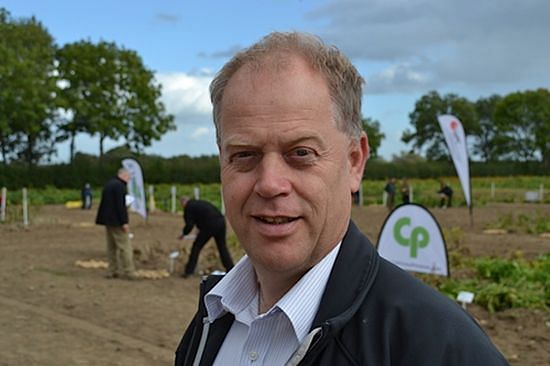
Eric Anderson, Scottish Agronomy Ltd., warns that approaches vary enormously so results can be very misleading.
The limit of detection of PCN (i.e. the smallest population that can be detected by sampling and analysis) is 5 million cysts per hectare. The table below shows the likelihood of detection in relation to the volume sampled and the amount of soil processed in the laboratory.
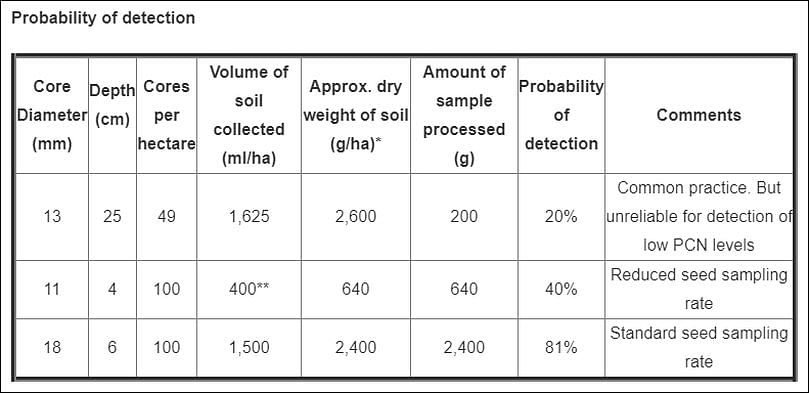
Probability of PCN Detection based on Sampling strategy and Sample Size
*Based on bulk density of 1.6 g/cm3
** Seed sampling rate can be reduced to 400ml/ha where:
• No potatoes have been grown for 6 years before the test; or
• No PCN have been found in the previous two statutory tests; or
• No PCN or dead cysts have been found in the most recent statutory test.
- you cannot rely on processing a sub-sample of 200g
- for reliable detection a 1,500 ml sample is required.
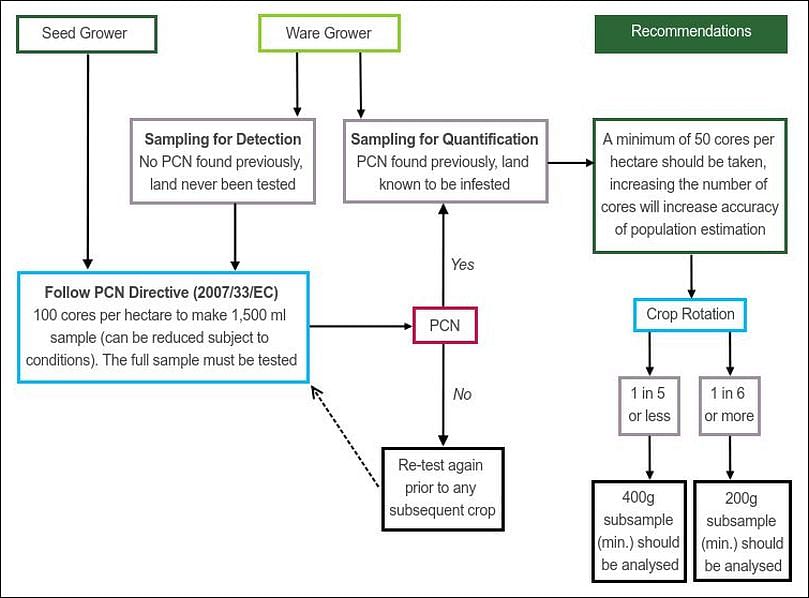
This flow diagram summarizes current best sampling practice. (Courtesy: Dr Kim Davie, SASA)
PCN results are provided in terms of cysts per hectare and eggs per gram of soil. PCN management actions are based on eggs/g soil as this takes account of the number of viable eggs per cyst and the soil’s bulk density. The table below shows confidence limits for population estimation depending on the size of sample tested where the population is known to be 10 eggs/g soil, as is typical in many eastern counties fields with an established PCN problem.

Confidence limits (CL) for population estimation depending on size of sub‑sample tested (Courtesy: Dr Kim Davie, SASA)
Red=Range between upper and lower confidence limits is greater than 1.5 times the mean of 10 eggs / g soil
Amber = Range between upper and lower confidence limits is less than 1.5 times the mean of 10 eggs / g soil
Green = Range between upper and lower confidence limits is less than the mean of 10 eggs / g soil
Spatial distribution of PCN across any field is not uniform, neither is it random. Following an initial infestation at one or more points (focus/foci) in the field, the infestation spreads in a patchy manner, giving rise to secondary foci, which spread similarly. These foci may appear to be isolated, but by the time the infestation is readily detectable the whole field is likely to be infested, although it may still be below the limit of detection in some parts.
Vertical distribution of PCN within the soil profile can vary considerably, depending on the time elapsed since the last potato harvest and subsequent cultivations. However, if detection is the prime objective, the depth to which samples are taken within the top 20cm of field soils will have little or no effect on the result.
The greater the aggregation of eggs in cysts – as in a recently infected field – the fewer there will be in a given volume of soil so the greater the size of sub-sample required. With newly formed cysts typically containing 200 eggs or more, a cyst can be missed completely in a small sample as the confidence limits table above shows. The longer the land has been out of potatoes, the fewer eggs each cyst will contain due to annual decline, therefore a longer rotation prior to testing can allow a smaller sub-sampling level.
As a result of the new Directive’s increased sampling rates, the area of land recorded as infested with PCN in Scotland has grown considerably since 2010. This is mostly due to an increase in the likelihood of detection from increased sampling rates, but there has also been a deterioration in the health status of the land. The area recorded as infested with the pale cyst nematode (Globodera pallida) has doubled over the last six years.
When it comes to PCN management, a ‘PCN not detected’ result should not be taken to mean any more than that and a management plan to prevent PCN escalation should be put in place. Populations at the limit of detection – 5 million cysts/ha – have probably taken five or more crop rotations from the original introduction to get there. All fields on farms with any PCN infected land should therefore be considered likely to be infested and in need of a PCN management plan.
With the general increase in Globodera pallida PCN populations a concerted effort to reduce populations is critical wherever PCN is detected or likely to be present. Thresholds are now redundant for the purpose of managing PCN populations and should only be used to support decisions for managing crop yield as summarised below.
The bottom line is that taking shortcuts with PCN sampling is a very risky business. Apply the sampling strategy recommended by Dr Kim Davie and you’ll go a long way to stacking the cards in your favour.






